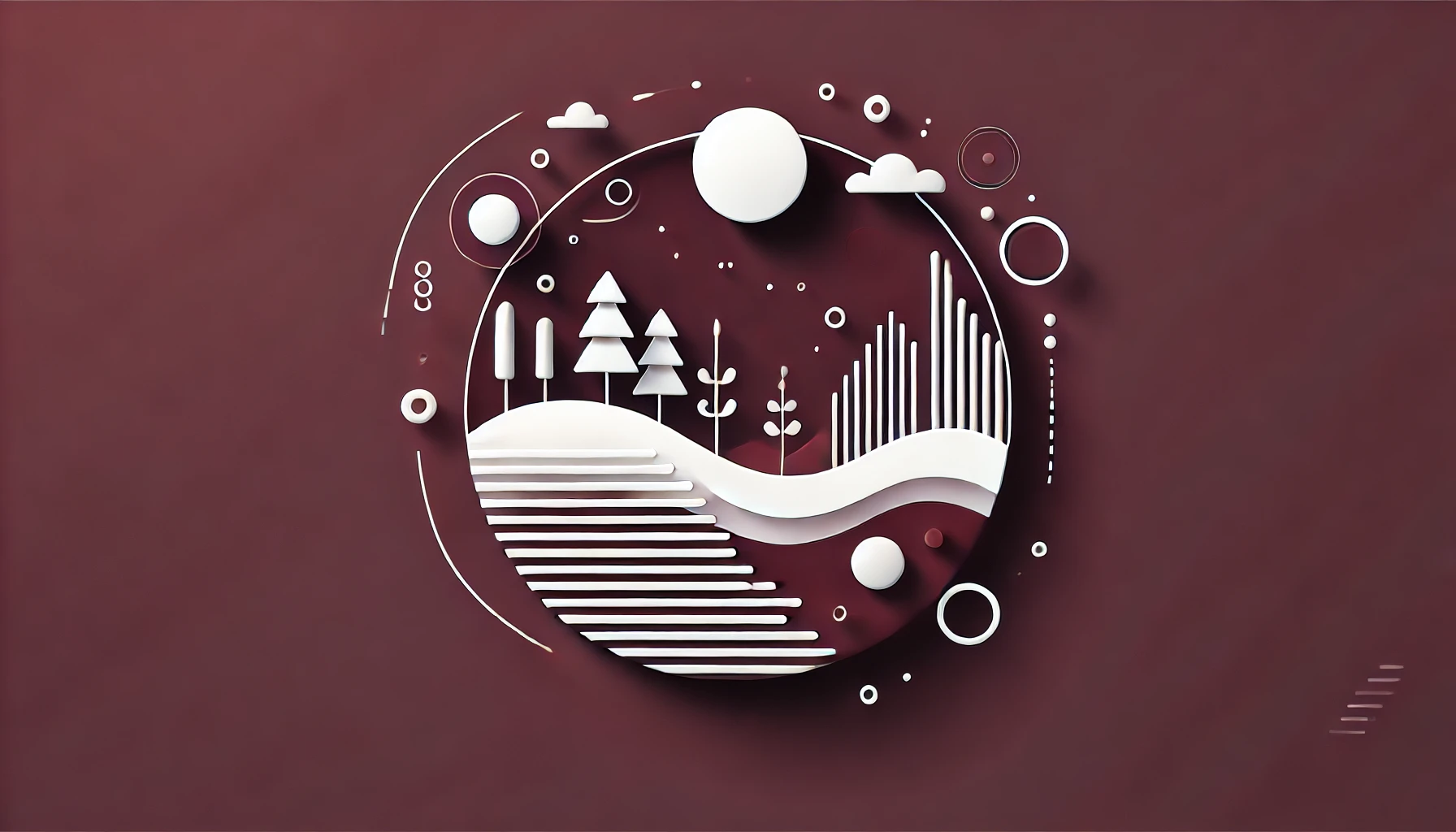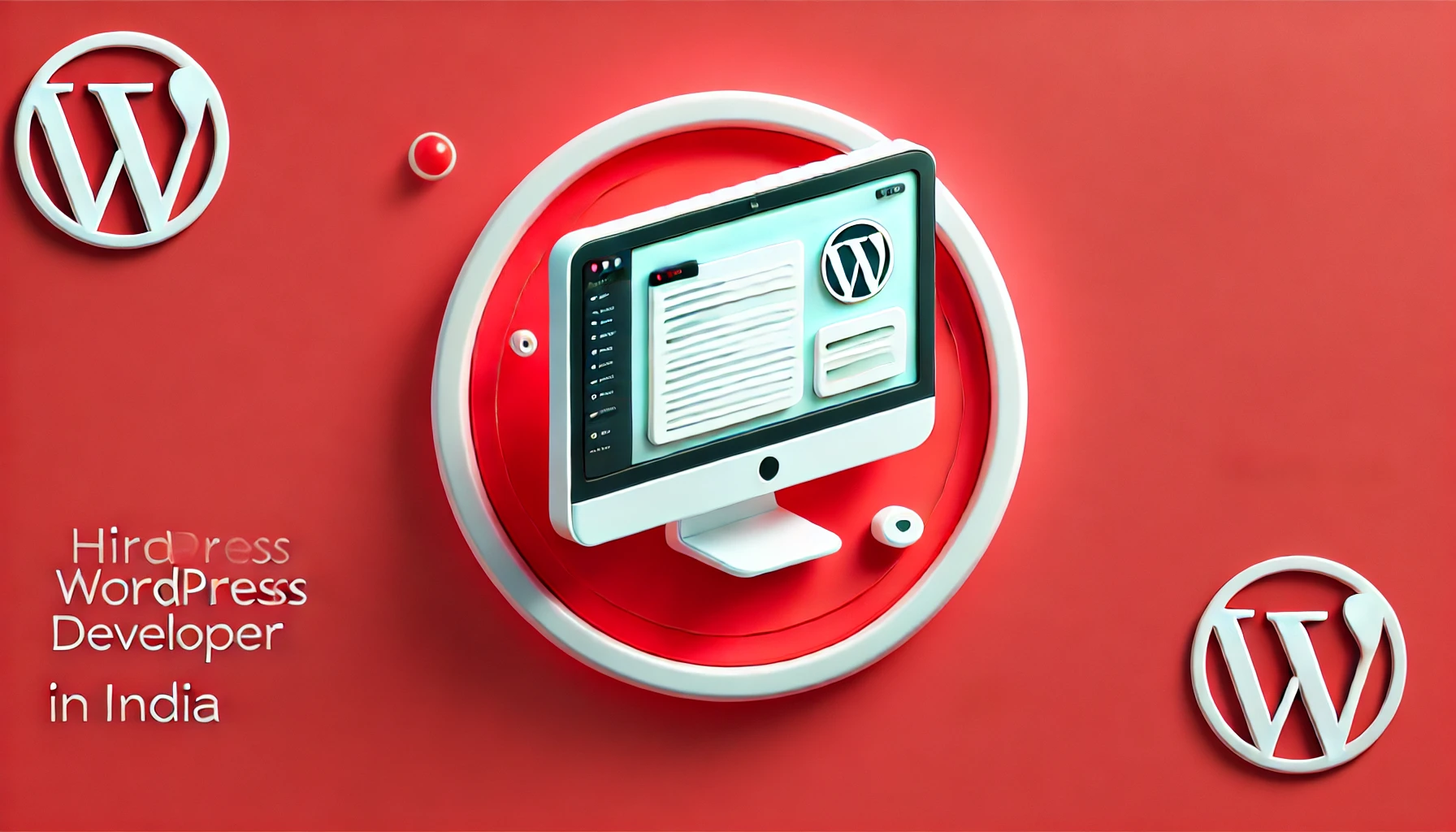As we progress further into the digital age, the demand for web design services continues to grow exponentially. Companies across the globe are seeking cost-effective, high-quality web design solutions to meet their diverse needs. India has emerged as a preeminent player in this space, and in 2025, it is expected to solidify its position as the go-to destination for web design outsourcing. This article will delve into the myriad factors that contribute to India’s prominence in the web design outsourcing industry, including cost-effectiveness, a vast talent pool, cultural compatibility, technological advancements, and the evolving business landscape.
1. Cost-Effectiveness
One of the primary reasons companies turn to India for web design outsourcing is the significant cost savings associated with it. The cost of living in India is substantially lower than in many Western countries, which allows Indian web design agencies to offer competitive pricing without sacrificing quality. This pricing advantage makes India particularly appealing for startups and SMEs (small to medium enterprises) looking to maximize their budget.
1.1. Competitive Pricing Models
Indian web design companies provide flexible pricing models, which include fixed-price projects, hourly rates, and retainer agreements. This flexibility allows businesses to choose an option that aligns best with their financial capabilities and project scope. For example, a startup with a limited budget may prefer a fixed-price model that clearly outlines deliverables and costs upfront. In contrast, larger companies might opt for hourly rates to accommodate projects that evolve over time. This adaptability in pricing ensures that companies can allocate their resources efficiently while still obtaining high-quality design services.
1.2. Quality Services at Lower Costs
Despite the lower costs, Indian web designers are renowned for their creativity, technical proficiency, and attention to detail. Many agencies have adopted international quality standards, ensuring that the services they provide are on par with global competitors. As a result, businesses can obtain top-notch web design services at a fraction of the cost compared to hiring local talent in their home countries. For instance, the average hourly rate for web design services in the United States can range from $100 to $200, whereas the same services in India may only cost between $20 to $50 per hour, allowing companies to allocate their budget towards other critical areas of growth.
2. Vast Talent Pool
India boasts a vast and diverse talent pool of skilled web designers, developers, and digital marketing professionals. The country produces millions of graduates every year from various technical and design institutes, which contributes to a robust workforce capable of meeting the dynamic needs of the web design industry.
2.1. Educational Institutions
India is home to numerous prestigious educational institutions that specialize in design and technology. The National Institute of Design (NID) and the Indian Institute of Technology (IIT) are just two examples of institutions that provide comprehensive training in design principles, user experience (UX), and user interface (UI) development. Graduates from these institutions are well-equipped with the latest industry knowledge and skills, making them highly sought after by employers both locally and internationally.
Furthermore, many universities in India are increasingly incorporating modern design curriculums that emphasize practical experience through internships and real-world projects. This focus on experiential learning not only enhances students’ skills but also bridges the gap between academic knowledge and industry requirements, ensuring that graduates are job-ready.
2.2. Specialization and Continuous Learning
The web design industry in India is characterized by a culture of continuous learning and specialization. Many professionals pursue additional certifications and training in emerging technologies and design trends, ensuring that they remain relevant in a rapidly evolving field. Online platforms such as Coursera, Udemy, and LinkedIn Learning offer courses on various aspects of web design, from graphic design principles to coding languages like JavaScript and PHP.
This commitment to ongoing education allows Indian web designers to adapt to changing client requirements and stay ahead of global design trends. For example, with the growing emphasis on responsive design and mobile-first approaches, Indian designers have been quick to upskill, ensuring that they can create websites that function seamlessly across all devices. As a result, clients can trust that they are working with professionals who are not only knowledgeable but also adaptable to the fast-paced nature of the tech industry.
3. Cultural Compatibility
Cultural compatibility is a significant factor in successful outsourcing partnerships, and India’s cultural affinity with Western countries plays a crucial role in this context. The ability to understand and align with clients’ values, expectations, and communication styles fosters stronger working relationships.
3.1. English Proficiency
India has a large population of English speakers, with many professionals being fluent in both written and spoken English. This proficiency facilitates clear communication between clients and service providers, reducing the likelihood of misunderstandings and ensuring that project requirements are accurately conveyed. In a field where precise specifications are critical, the ability to communicate effectively in English can significantly enhance the outsourcing experience.
Moreover, the familiarity with Western culture among Indian designers can lead to a smoother collaboration. Many Indian designers consume Western media, including films, television shows, and online content, which helps them understand cultural nuances and trends. This cultural awareness enables them to create designs that resonate with global audiences, thus providing a significant advantage in crafting websites tailored for diverse markets.
3.2. Understanding of Global Markets
Indian web designers often have a deep understanding of Western market trends and consumer behavior, allowing them to create designs that resonate with global audiences. They stay updated on international design trends, ensuring that their work aligns with current preferences and expectations. For instance, as minimalism and flat design have gained popularity in the West, Indian designers have embraced these styles, producing modern and appealing websites that cater to contemporary tastes.
Furthermore, this understanding of global markets extends beyond mere aesthetics. Indian designers are increasingly incorporating data-driven insights into their work, utilizing analytics and user research to inform their design decisions. This data-oriented approach allows them to create user-centered designs that enhance user experience and drive engagement, resulting in websites that not only look great but also perform effectively.
4. Technological Advancements
The Indian web design industry has embraced technological advancements, making it a leader in digital innovation. As new tools, frameworks, and methodologies emerge, Indian designers are quick to adopt and integrate these technologies into their work processes.
4.1. Adoption of Modern Tools and Technologies
Indian web design agencies are quick to adopt modern design tools and technologies, such as Adobe Creative Suite, Sketch, and Figma, as well as programming languages like HTML5, CSS3, and JavaScript. This proficiency allows them to create responsive, user-friendly websites that meet the latest standards.
The rapid evolution of web technologies has also spurred innovation in design approaches. For instance, with the growing emphasis on responsive web design, Indian agencies have mastered techniques that ensure websites adapt seamlessly to various screen sizes and devices. This skill is crucial in today’s digital landscape, where mobile browsing continues to outpace desktop usage.
Additionally, many Indian designers are exploring emerging technologies such as artificial intelligence (AI) and machine learning (ML). These technologies can enhance the design process through automation, personalization, and predictive analytics, allowing Indian web designers to create more sophisticated and tailored web experiences.
4.2. Focus on User Experience (UX)
As user experience becomes increasingly vital in web design, Indian agencies are placing a greater emphasis on UX principles. By conducting thorough user research and usability testing, they can design websites that not only look appealing but also provide seamless navigation and an enjoyable user journey.
This user-centric approach is evident in the meticulous attention given to every aspect of a website, from layout and color schemes to typography and interactive elements. Indian designers are trained to prioritize user needs and preferences, ensuring that the final product aligns with the expectations of the target audience. This focus on UX not only improves user satisfaction but also drives business results, as users are more likely to engage with websites that offer a positive experience.
5. Diverse Service Offerings
Indian web design firms offer a diverse range of services, making them a one-stop solution for businesses seeking comprehensive digital solutions. This diversification is particularly beneficial for companies looking to streamline their operations and minimize the need for multiple vendors.
5.1. End-to-End Solutions
Many Indian web design agencies provide end-to-end solutions, encompassing everything from initial design concepts to final development, testing, and deployment. This integrated approach streamlines the outsourcing process and minimizes the need for clients to engage multiple service providers.
By offering a complete suite of services, Indian agencies can ensure better coherence and integration across various project components. This holistic approach not only saves time but also fosters collaboration among different teams within the agency, resulting in a more cohesive final product. Clients benefit from a smoother workflow and enhanced communication, as they only need to interact with a single point of contact throughout the project.
5.2. Specialized Services
In addition to web design, Indian firms often offer complementary services such as digital marketing, search engine optimization (SEO), and content creation. This holistic approach allows businesses to leverage a suite of services tailored to their specific needs, resulting in a cohesive digital strategy.
For instance, an Indian web design agency may not only create a visually appealing website but also implement SEO best practices to improve its visibility on search engines. Additionally, they may provide content writing services to ensure that the website is equipped with engaging and relevant content. This comprehensive service offering enables businesses to enhance their online presence and drive traffic to their sites, leading to increased conversions and revenue.
6. Established Infrastructure
India has developed a robust infrastructure to support the IT and web design industry, which further enhances its attractiveness as an outsourcing destination. The combination of technological advancements, government support, and a growing ecosystem of tech startups has created a conducive environment for web design firms to thrive.
6.1. Technology Hubs
Cities like Bangalore, Hyderabad, and Pune have emerged as technology hubs, housing numerous web design agencies and startups. These cities offer a conducive environment for innovation, collaboration, and talent acquisition, making them ideal locations for businesses seeking outsourcing partners.
The concentration of tech companies in these cities fosters a culture of collaboration and knowledge sharing, driving innovation and efficiency. Furthermore, the presence of various coworking spaces, incubators, and accelerators provides opportunities for startups and freelancers to connect and collaborate, ultimately benefiting the broader web design ecosystem.
6.2. Supportive Government Policies
The Indian government has implemented various initiatives to promote the growth of the IT and design sectors. Programs like the Digital India initiative aim to enhance digital infrastructure, encourage innovation, and facilitate entrepreneurship, contributing to the overall growth of the web design industry.
By investing in digital infrastructure, the government is not only improving connectivity but also creating a favorable environment for businesses to thrive. These policies have led to the establishment of technology parks, incubation centers, and skill development programs that support the growth of the web design sector. As a result, Indian agencies are better equipped to meet the demands of clients while driving innovation and competitiveness.
7. Flexibility and Scalability
Outsourcing web design to India offers businesses the flexibility and scalability necessary to adapt to changing market demands. As companies grow and evolve, the ability to scale resources and adjust strategies becomes increasingly important.
7.1. Agile Methodologies
Many Indian web design agencies employ agile methodologies, allowing them to respond quickly to client feedback and make iterative improvements throughout the design process. This adaptability ensures that the final product aligns closely with client expectations.
By breaking projects into smaller, manageable tasks, Indian designers can work closely with clients to incorporate feedback at every stage of the process. This collaborative approach not only enhances the quality of the final product but also fosters a sense of ownership and involvement for the client. As a result, companies can rest assured that their vision is being realized while benefiting from the expertise of their outsourcing partner.
7.2. Resource Scalability
Companies can easily scale their projects up or down by leveraging India’s talent pool. Whether a business needs a small team for a short-term project or a larger workforce for an extended collaboration, Indian agencies can accommodate these varying needs.
This scalability is particularly beneficial for startups and SMEs, which may experience fluctuating demand for web design services. By partnering with Indian agencies, these companies can quickly ramp up their efforts during peak periods or scale back during slower times without incurring unnecessary costs. This flexibility enables businesses to remain agile and responsive to market conditions, ultimately enhancing their competitive edge.
8. Case Studies and Success Stories
Numerous companies have successfully outsourced their web design needs to India, reaping the benefits of this strategic decision. By highlighting real-world examples, we can better understand the value that Indian agencies bring to the table.
8.1. Global Brands Leveraging Indian Talent
Many global brands, including IBM, Microsoft, and Adobe, have collaborated with Indian web design firms to enhance their digital presence. These partnerships have not only improved their websites but also resulted in cost savings and increased efficiency.
For instance, Microsoft has leveraged Indian talent for various design projects, utilizing the expertise of Indian agencies to create user-friendly interfaces and engaging user experiences across their products. By tapping into India’s vast talent pool, these companies can access innovative design solutions that align with their global branding and marketing strategies.
8.2. Startups Thriving through Outsourcing
Startups often face resource constraints, making outsourcing an attractive option. By partnering with Indian web design agencies, these companies can launch high-quality websites without incurring exorbitant costs, enabling them to focus on their core business operations.
A notable example is the startup “Zomato,” which initially outsourced its web design and development to Indian agencies to build its platform. By leveraging local talent, Zomato was able to create a visually appealing and functional website that catered to the needs of its users. As the company grew, it continued to collaborate with Indian design firms to enhance its online presence, ultimately becoming a leading player in the food delivery industry.
9. Challenges and Considerations
While India presents numerous advantages for web design outsourcing, it is essential to be aware of potential challenges and considerations. Understanding these factors can help businesses make informed decisions when selecting an outsourcing partner.
9.1. Time Zone Differences
The time zone difference between India and Western countries can sometimes lead to communication delays. However, many Indian agencies have adapted to this by implementing flexible working hours to accommodate their clients’ needs.
By aligning their working hours with those of their clients, Indian designers can facilitate real-time communication and collaboration, reducing the impact of time zone differences. Many agencies also leverage project management tools and collaboration platforms to ensure that project updates are communicated efficiently, regardless of geographical location.
9.2. Quality Assurance
While the majority of Indian web design firms maintain high standards, it is crucial for businesses to conduct thorough due diligence when selecting a partner. Evaluating a company’s portfolio, client testimonials, and quality assurance processes can mitigate potential risks.
Businesses should also establish clear communication channels and set expectations from the outset to ensure that quality remains consistent throughout the project. By fostering a collaborative environment and providing constructive feedback, companies can help their Indian outsourcing partners deliver the highest quality work possible.
10. Future Outlook
As we look ahead to 2025, the prospects for web design outsourcing in India appear bright. With continued advancements in technology, an ever-growing talent pool, and a strong commitment to quality and innovation, India is poised to remain at the forefront of the global web design outsourcing landscape.
10.1. Emerging Trends
As trends such as artificial intelligence, machine learning, and virtual reality gain traction, Indian web design agencies are likely to incorporate these technologies into their offerings, providing clients with cutting-edge solutions that meet evolving consumer expectations.
For example, AI-powered design tools can help automate repetitive tasks, allowing designers to focus on creativity and strategic thinking. Additionally, virtual reality can enhance user experience by offering immersive website interactions. Indian agencies are expected to stay at the forefront of these trends, ensuring that their clients benefit from the latest advancements in web design technology.
10.2. Expanding Global Reach
As more companies recognize the advantages of outsourcing to India, the country’s global reach in the web design sector is expected to expand. This growth will further enhance India’s reputation as a leading destination for web design outsourcing.
The increasing adoption of digital technologies across industries will drive demand for high-quality web design services. Indian agencies are well-positioned to capitalize on this trend, as they continue to refine their offerings and deliver innovative solutions to clients worldwide. As a result, India is likely to solidify its position as a premier outsourcing destination for web design services.
Conclusion
In conclusion, India’s position as the go-to destination for web design outsourcing in 2025 is underpinned by a combination of factors, including cost-effectiveness, a vast talent pool, cultural compatibility, technological advancements, and a diverse range of services. As businesses worldwide seek innovative and efficient solutions to their web design needs, India is well-equipped to meet these demands, making it an indispensable player in the global outsourcing landscape. By capitalizing on India’s strengths, companies can not only enhance their digital presence but also achieve their strategic goals in an increasingly competitive market





